MySQL is the world’s most popular open source database. Whether you are a fast growing web property, technology ISV or large enterprise, MySQL can cost-effectively help you deliver high performance, scalable database applications.
It is s a relational database management system (RDBMS) that runs as a server providing multi-user access to a number of databases. It is named after developer Michael Widenius’ daughter, My.The SQL phrase stands for Structured Query Language.
The MySQL development project has made its source code available under the terms of the GNU General Public License, as well as under a variety of proprietary agreements. It was owned and sponsored by a single for-profit firm, the Swedish company MySQL AB, now owned by Oracle Corporation. Free-software-open source projects that require a full-featured database management system often use MySQL. For commercial use, several paid editions are available, and offer additional functionality. Applications which use MySQL databases include: Joomla, WordPress, MyBB, phpBB, Drupal and other software built on the LAMP software stack. Is also used in many high-profile, large-scale World Wide Web products, including Wikipedia, Google(though not for searches) and Facebook. Learn how to install it in Ubuntu here.
One of the reasons MySQL is so popular is that it runs on so many platforms. Whether you run Windows, Mac OSX, Linux, OpenSolaris, or some other platform, there is likely a matching version of MySQL. Because each of these popular platforms is unique, so are the installation procedures for them.
As of April 2009, MySQL offered MySQL 5.1 in two different variants: the open source MySQL Community Server and the commercial Enterprise Server. MySQL 5.5 is offered under the same licenses. They have a common code base and include the following features:
- A broad subset of ANSI SQL 99, as well as extensions
- Cross-platform support
- Stored procedures
- Triggers
- Cursors
- Updatable Views
- Information schema
- Strict mode[further explanation needed]
- X/Open XA distributed transaction processing (DTP) support; two phase commit as part of this, using Oracle’s InnoDB engine
- Independent storage engines (MyISAM for read speed, InnoDB for transactions and referential integrity, MySQL Archive for storing historical data in little space)
- Transactions with the InnoDB, BDB and Cluster storage engines; savepoints with InnoDB
- SSL support
- Query caching
- Sub-SELECTs (i.e. nested SELECTs)
- Replication support (i.e. Master-Master Replication & Master-Slave Replication) with one master per slave, many slaves per master, no automatic support for multiple masters per slave.
- Full-text indexing and searching using MyISAM engine
- Embedded database library
- Partial Unicode support (UTF-8 and UCS-2 encoded strings are limited to the BMP)
- Partial ACID compliance (full compliance only when using the non-default storage engines BDB and Cluster)
- Partitioned tables with pruning of partitions in optimizer
- Shared-nothing clustering through MySQL Cluster
- Hot backup (via mysqlhotcopy) under certain conditions
[box type=”info”]
MySQL Social Networks
Facebook: http://www.facebook.com/mysql
Twitter: http://twitter.com/#!/mysql
[/box]
The developers release monthly versions of the Server. The sources can be obtained from its web site or from the Bazaar repository, both under the GPL license.

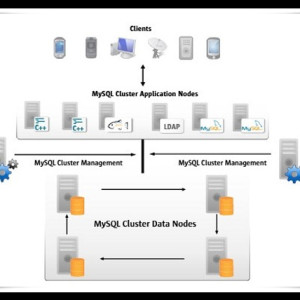
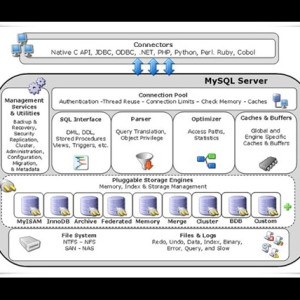
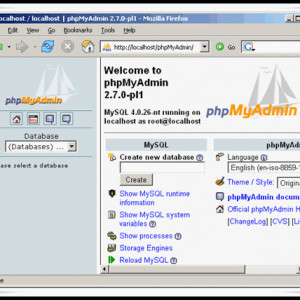
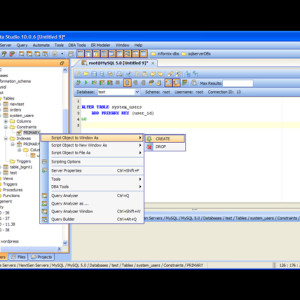
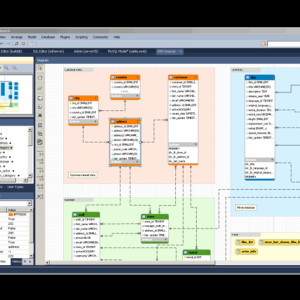
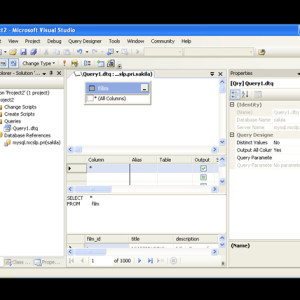


We build open source solutions for our clients and MySQL is a part of almost every thing we do. It’s very stable, easy to deploy, feature rich, and lightning fast.
We build open source solutions for most of our clients and MySQL features heavily in the majority of our deployments.
It’s fast, reliable, easy to maintain and costs absolutely nothing, our clients love it and so do we!